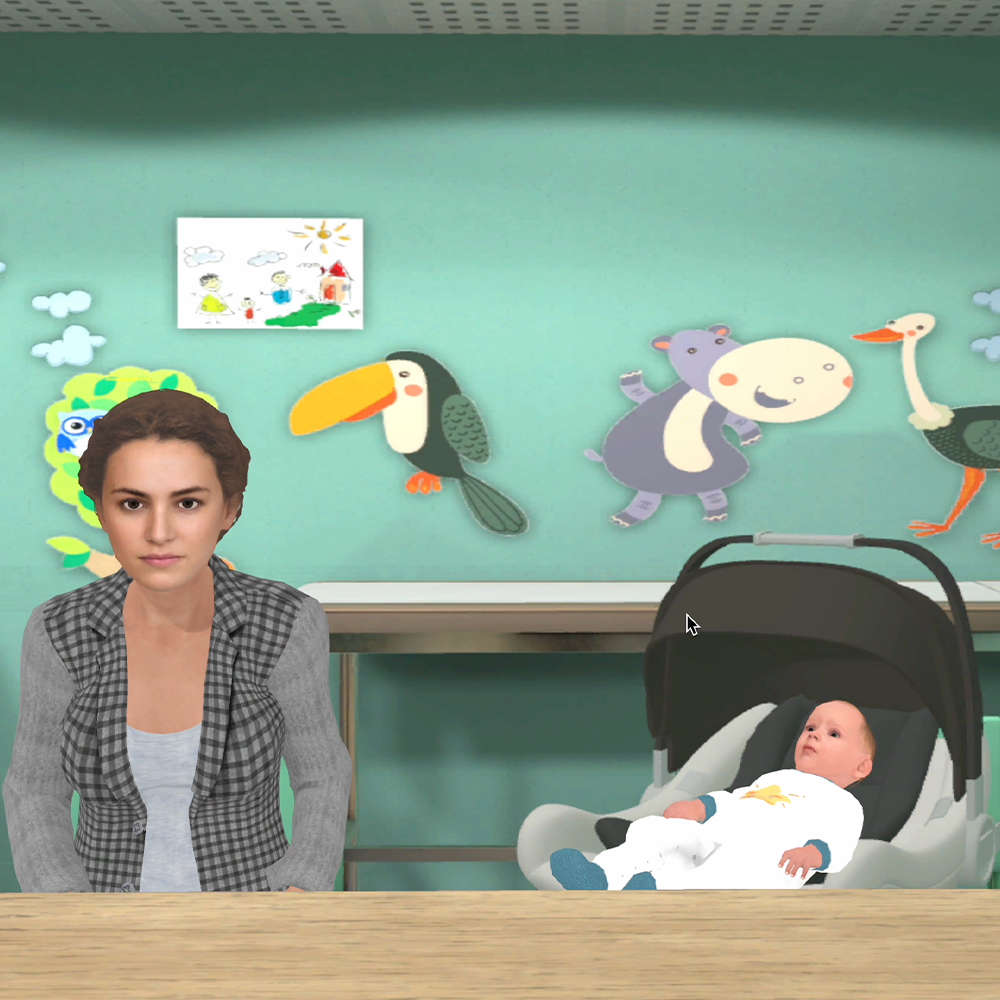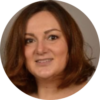
A young mother brings her one-month old baby for a consultation with her GP. She is concerned about the elongated appearance of her baby’s head. She comes back for her baby’s six-month follow-up appointment. The baby’s head looks even more elongated and its forehead is slightly domed. Still very concerned five years later, the parents consult a craniofacial specialist and go back to the paediatrician with a diagnosis.


During this consultation at your paediatric clinic, you see a mother and her 1-month old baby. On questioning the patient, you observe a mother who is worried about the appearance of her baby’s head. You carry out a clinical examination, then have a discussion with the mother, trying to be as reassuring and objective as possible.
You see the mother and her baby again for the baby’s mandatory six-month follow-up appointment. The mother is still worried and mentions that the baby’s head is even more elongated and its forehead is slightly domed. Discover the signs suggestive of a problem and the different examinations to be prescribed for the child.
At the last consultation, you see the mother and her child who is now 5-years old after a specialist assessment at the craniofacial unit, where your colleague suspected craniostenosis. You then answer the mother’s questions about the care and treatment of her child.